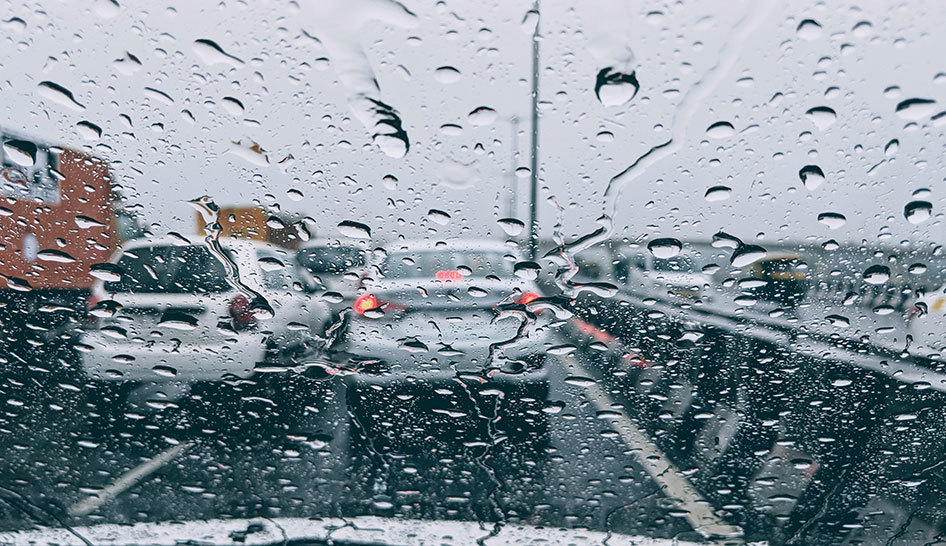Assess Your Readiness
First, you need to complete a Business Impact Analysis (BIA). A BIA is a risk assessment to predict potential consequences of a disruption to your business. This information can then be used to develop recovery strategies.
A thorough BIA evaluates your readiness to resume operations and should identify how you would respond to the following scenarios:
- Lost or delayed sales and income. How long could you afford to remain closed? How long could you withstand a temporary closure?
- Increased expenses. Can you afford overtime labor in the immediate aftermath? Can you make necessary fixes before an insurance claim is processed?
- Regulatory Fines.
- Contractual penalties or loss of contractual bonuses.
- Customer dissatisfaction or loss of memberships.
- Delay of new business plans.
- Changes in staff. What if your staff quit or move away following a disaster? Where will you cultivate new talent/employees from?
Being ready when a natural disaster hits requires preparing for both immediate necessities and future continuity. The BIA allows you to brainstorm answers that impact both of these aspects. After assessing your readiness, get to work increasing your preparedness in the immediate aftermath of an emergency and strengthening your business so that it is able to bounce back quickly.
Select the Right Insurance Coverage
The correct insurance coverage can also help minimize potential costs associated with the damages caused by a natural disaster. Here are two actions you should take before choosing the coverage that is best for your business.
- Talk with your agent or provider about the scope of your policy coverage. Discuss how you should file a claim when the time comes. What type of proof will they want (photographs, receipts, etc.)? Ask about deductibles and multiple scenarios. There may be differences in coverage that are dependent on whether your business is damaged or destroyed.
- Consider how you will pay your employees. Forbes recommends doing a cash flow analysis during your BIA. This will help you see how much money you can reasonably use to cover overhead and keep paying employee wages without a steady income. Insurance claims also take time to process, so factor in that you may have to cover a number of upfront expenses without an immediate reimbursement.
Prepare
In the event of a power outage, 71% of small businesses lack a backup generator. In many cases, preparation is a mixture of having necessary emergency supplies and having a plan to protect your employees, visitors, and property (equipment). FEMA provides a comprehensive set of emergency plan templates to help you create a reaction plan after you assess your club’s risks. At the very least, your plan should address evacuation, severe weather sheltering, and responsibilities staff should take on during a disaster.
Talk to your team about what emergency supplies the club can feasibly provide, if any, and which ones staff members should consider keeping on hand. FEMA has multiple lists of recommended emergency supplies to have on hand. Common items that might be useful include a wrench or pliers (to shut off utilities), a battery-powered radio and batteries, garbage bags, flashlights, and duct tape.
It’s also important to find out what records your insurance provider will want to see after an emergency so you can prepare in advance.
In some ways, health clubs are at an advantage in short-term emergency situations because many are required to have an easily-accessible first aid kit on the premises and trained employees on duty to respond to any health emergency that could require an AED or CPR.
FEMA also recommends that business owners keep copies of important records such as sitemaps, building plans, insurance policies, employee contact and identification information, bank account records, supplier and shipping contact lists, computer backups, emergency or law enforcement contact information, and other priority documents in a waterproof, fireproof, portable container. Ninety-four percent of small businesses back up critical financial data but only 40% keep that data off-site. Make sure to safely store a second set of these records at an off-site location.
Craft a Recovery Plan
After completing your BIA, you will have a more realistic view of how well your business would be able to respond in an emergency. This knowledge can be used to craft your business continuity—or disaster recovery—plan. While the content in this plan will vary based on which potential disaster you are preparing for, business continuity plans can often be applicable across various closures.


